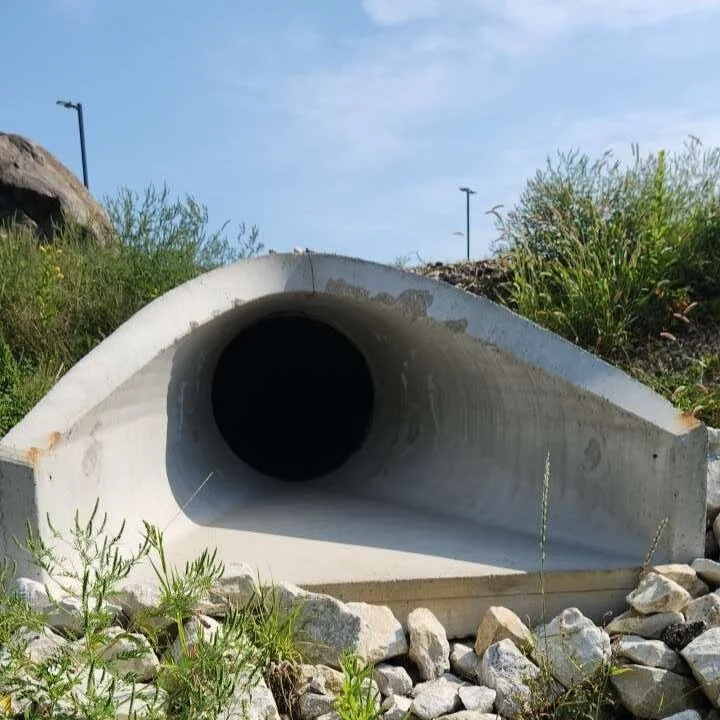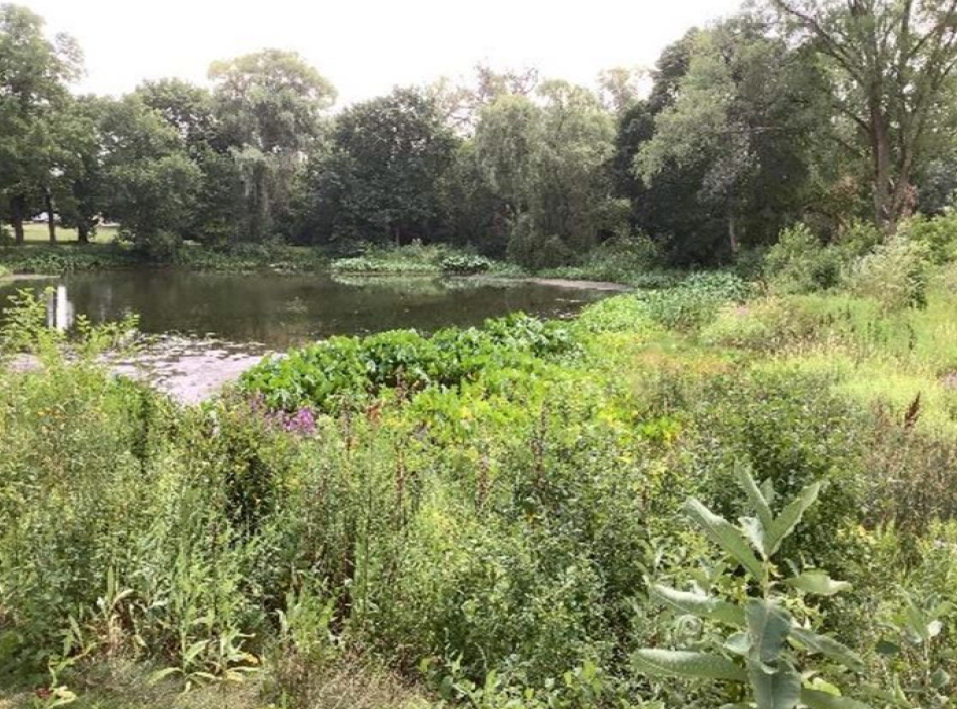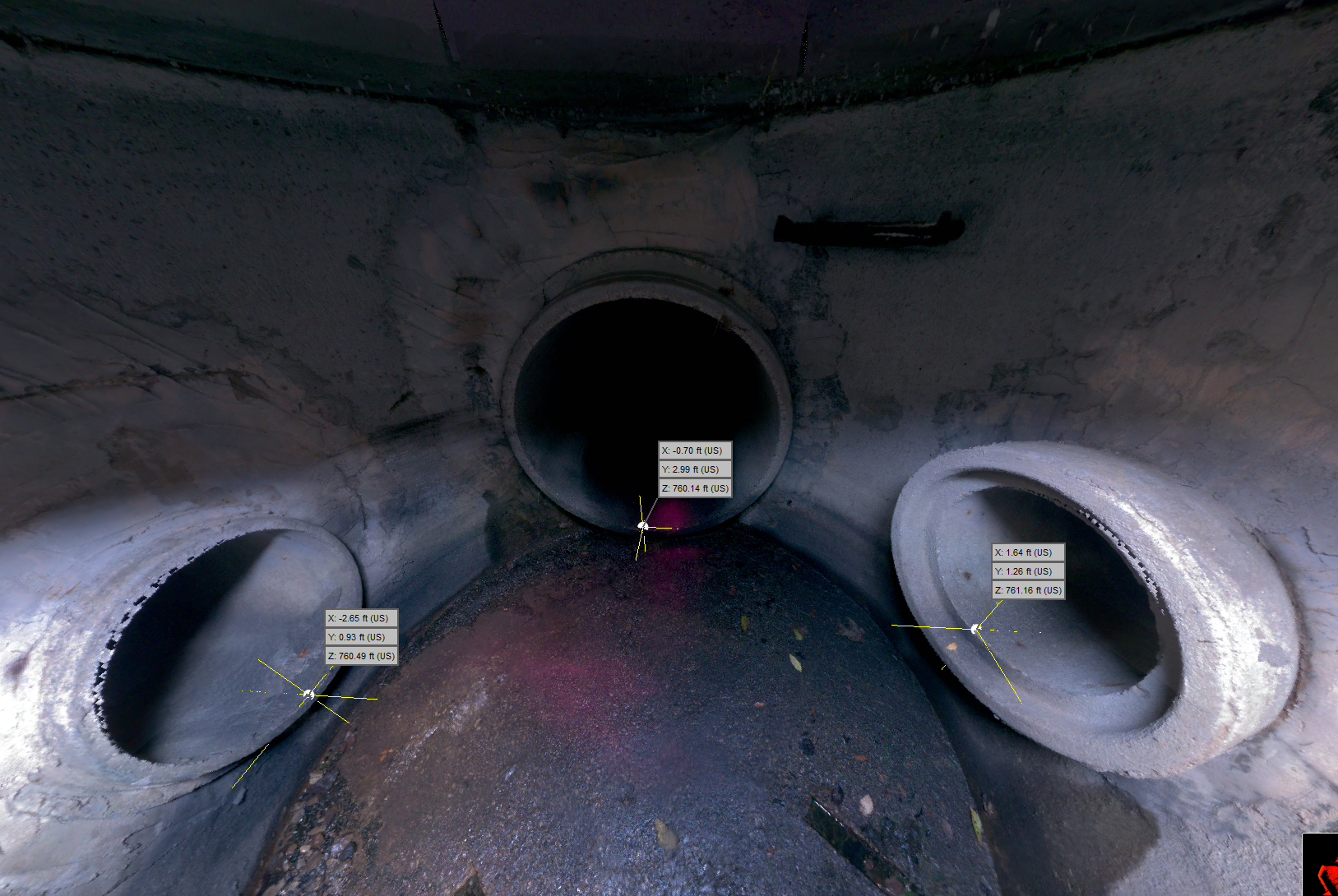Total nitrogen (TN) effluent limits for wastewater treatment facilities (WWTF) in Wisconsin are being considered by the Wisconsin Department of Natural Resources (WDNR). The limits are not imminent but, according to our recent contact with them, the development of potential TN standards is being tracked by the WDNR. Every three years, the WDNR takes a fresh look at its surface water quality standards for pollutants. Total nitrogen is one component that the WDNR considers at its triennial standards review.
Types of Nitrogen
Ammonia-nitrogen comes from human waste in the form of urea. Typical domestic wastewater at the influent of WWTFs has a concentration of approximately 38 mg/L. Collection systems with little infiltration and inflow (I&I) can have higher concentrations. Systems with higher levels of I/I can have lower concentrations.
Additional forms of nitrogen:
Nitrates
Nitrites
Organic Forms
Nitrates and nitrites are byproducts of ammonia-nitrogen as they are broken down in the collection system. Organic forms can come from industrial discharges.
How is it Measured?
TN is measured by summing the levels of two test procedures. The first procedure is the Total Kjeldahl Nitrogen (TKN). TKN measures the levels of organic nitrogen and ammonia- nitrogen. The second test measures the levels of nitrates and nitrites. Together, the two tests measure the forms of the four types of nitrogen.
What is Denitrification?
Image credited to: https://byjus.com/biology/nitrogen-cycle/
Ammonia-nitrogen is toxic to aquatic organisms in surface water. At WWTFs, the ammonia-nitrogen is transformed into a non-toxic form of nitrogen, nitrate, through aeration. This takes place using a process called nitrification. In this process, bacteria is selected through aeration rates and residence time in aeration tanks, to drive the nitrification process.
Some WWTFs use a series of intermittent aerobic and anoxic (void of free oxygen) zones in wastewater basin levels to implement a process called denitrification. In this process, the nitrate-nitrogen is transferred to nitrogen gas which is off-gassed to the atmosphere. For a given TN influent level, the degree of denitrification is directly proportional to the TN in the effluent wastewater. The greater amount of denitrification, the lower the total nitrogen concentration in the effluent.
Since the nitrification microbiology process is highly dependent on water temperature, the WDNR implements seasonal limits for ammonia-nitrogen. It is expected that any TN limits in the future will also be seasonally adjusted.
Start Planning Now
Traditionally, the WDNR has WWTF effluent requirements in place for ammonia-nitrogen. Most WWTFs have an efficient nitrification process in place that converts the ammonia-nitrogen to nitrate-nitrogen. In the future, all forms of nitrogen may be accounted for in a TN limit. This means that the WWTF that do not denitrify now, will have to implement some form of denitrification. This can be done by adjusting aeration rates, changing the air distribution in a basin to have alternating aerobic and anoxic conditions, implementing recycle streams, and adding aeration basins.
Some WWTFs that do not denitrify now may have to optimize their processes to get more denitrification. This can be done by implementing the same general practices previously mentioned for the optimization of denitrification. WWTFs that are or will be conducting facilities plans, should have a plan in place to allow for denitrification to meet future TN limits.
R/M can help!
For more information on Total Nitrogen removal in your wastewater facility, contact R/M’s wastewater experts!
ABOUT THE AUTHOR
David w. Arnott, p.e.
team leader, senior project manager
Dave has extensive experience in the planning, design, and construction project management of wastewater treatment facility renovation and upgrade projects. Areas of expertise include treatment processes, hydraulics, mechanical equipment, and wastewater disinfection. He also has experience in sanitary and water pumping station design and sanitary sewer wet weather facilities.



















